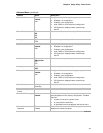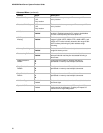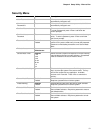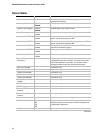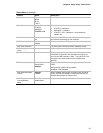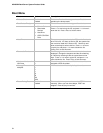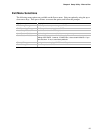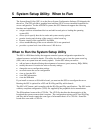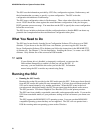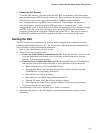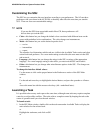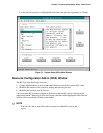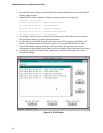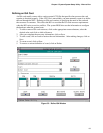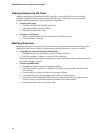
57
5 System Setup Utility: When to Run
The System Setup Utility (SSU) is on the Server System Configuration Software CD shipped with
the server. The SSU provides a graphical user interface (GUI) over an extensible framework for
server configuration. For the AC450NX systems, the SSU framework supports the following
functions and capabilities:
• assigns resources to baseboard devices and add-in cards prior to loading the operating
system (OS)
• allows you to specify boot device order and system security options
• permits viewing and clearing of the system’s critical event log
• Permits viewing of the system FRU and SDRs
• allows troubleshooting of the server when the OS is not operational
• provides a system level view of the server’s I/O devices
When to Run the System Setup Utility
The SSU is a DOS-based utility that supports extended system configuration operations for
onboard resources and add-in boards. The utility also allows you to view the system event log
(SEL) and to set system boot and security options. Use the SSU when you need to:
• add and remove boards affecting the assignment of resources (ports, memory, IRQs, DMA)
• modify the server’s boot device order or security settings
• change the server configuration settings
• save and restore the server configuration
• view or clear the SEL
• view FRU information
• view the SDR table
If you install or remove an ISA add-in board, you must run the SSU to reconfigure the server.
Running the SSU is optional for a PCI and ISA Plug and Play add-in boards.
The SSU is PCI-aware, and it complies with the ISA Plug and Play specifications. The SSU works
with any compliant configuration (.CFG) file supplied by the peripheral device manufacturer.
The I/O baseboard comes with a .CFG file. The .CFG file describes the characteristics of the
board and the system resources that it requires. The configuration registers on PCI and ISA Plug
and Play add-in boards contain the same type of information that is in a .CFG file. Some ISA
boards also come with a .CFG file.



